The world’s largest walnut harvest

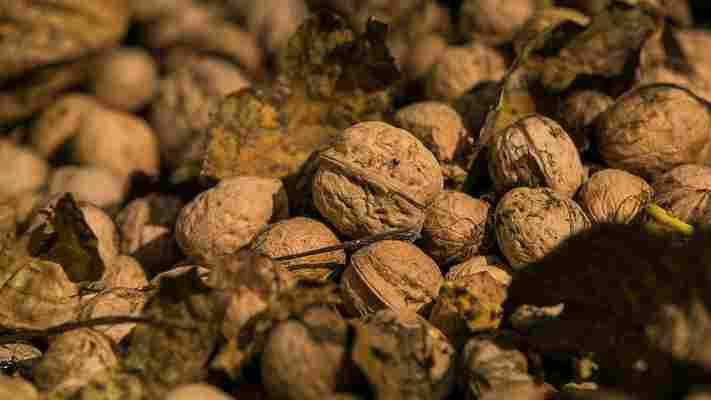
Every September, Arslanbob undergoes a mass exodus, as around 3,000 families leave their homes and migrate into the world's largest walnut grove (Credit: Mayank Soni)
Located 70km from the Uzbekistan border in western Kyrgyzstan, the 13,000-person town of Arslanbob is tucked in a fertile valley surrounded by the towering peaks of the Babashata mountains. Two rushing waterfalls attract visitors in the spring and summer, but it’s what happens each autumn that is truly remarkable.
Every September, Arslanbob undergoes a mass exodus, as around 3,000 families leave their homes and head up into a sprawling 385sq-km expanse of the mountains’ south-facing slopes. Located about an hour’s walk from the village, this forest is home to the largest natural-growth walnut grove in the world.
For the next two months, the predominantly ethnic Uzbeks live in modest tents, mud huts and towed wagons, returning home just once every fortnight or so to restock provisions – just as their families have done for hundreds of years.
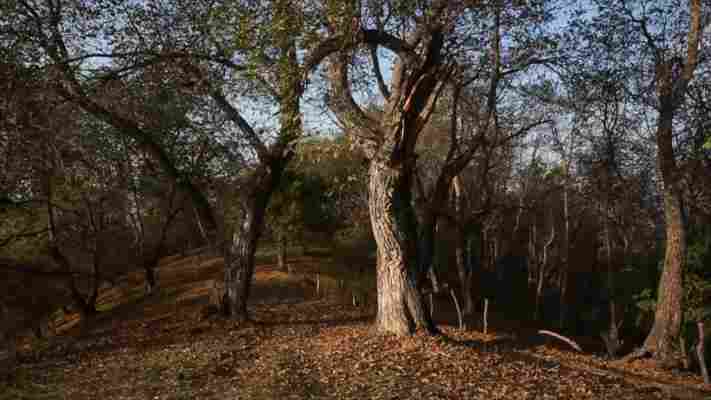
Today, Arslanbob’s groves produce between 1,000 and 1,500 tonnes of walnuts each year, making it the world’s largest single source of walnuts (Credit: Mayank Soni)
Today, Arslanbob’s groves produce between 1,000 and 1,500 tonnes of walnuts each year, making it the world’s largest single source of walnuts. Renowned for their dark kernels, rich flavour and pesticide-free growing environment, Arlanbob’s walnuts are regarded as some of the world’s best, and shipped each year to buyers in Europe and across Asia. Yet, the origins of how this small town acquired such a rich resource is the stuff of legends.
According to some locals, the story goes back to the Prophet Muhammad, who gave walnut seeds to a modest gardener and entrusted him to find a suitable place to plant a forest. After travelling far and wide, he reached Arslanbob. Nestled at the foot of the snow-covered mountains, he found the location was blessed with excellent weather, clear-flowing streams and fertile soil. Convinced that this was the ideal place, he planted the seeds, and over the centuries, the village’s vast walnut grove flourished.
Local legend claims that Alexander the Great spread walnuts from Arslanbob more than 2,000 years ago (Credit: Mayank Soni)
Another local legend claims that many of Europe’s walnut trees are descendants of those from the Arslanbob forest, and that it was Alexander the Great who spread them more than 2,000 years ago.
As the story goes, while Alexander’s army was on its way to East Asia, they sought shelter in the valley. Battle worn, a small group of wounded soldiers could not go on and were left behind near a village several kilometres from Arslanbob that’s now named Yaradar (which means “Wounded” in Uzbek). A few months later, to Alexander’s astonishment, the same soldiers caught up with the army, healthy and well-nourished. The soldiers explained that they had foraged in the forest and found an abundance of walnuts, apples and other foods. Having fed on this bounty, they quickly recovered and went on to join their commander.
Alexander was so delighted that on this way back to Europe, he and his men took walnut seeds from Arslanbob and planted them back in Greece.
Families begin moving towards the groves in mid-September with their cattle, gathering walnuts from local trees along the way (Credit: Mayank Soni)
While early October is the official start of the harvest, families begin moving towards the mountain groves in mid-September with their cattle, gathering walnuts from local trees along the way and filling their bags with up to 20kg of the nuts.
Families rent a plot of land that’s several hectares large in the walnut grove from the local forest department, which officially owns the grove. For the next two months, the families will camp on and work the land.
Before the harvest commences, locals typically sacrifice a chicken or small animal to ask for God’s blessing and a bountiful year. Many of the trees in the grove are several hundred years old, though they can live for as long as 1,000 and reach a diameter of 2m.
The tree climbers of Arslanbob (Credit: Mayank Soni)
People have been harvesting walnuts in Arslanbob the same way for centuries, and it can be quite dangerous. Without using a harness or ropes, one person – often the family’s father or another male – will climb the trunk of the walnut tree, clambering across its branches towards the top. Once in the canopy, they’ll vigorously shake the nuts down from the trees, while the women and children collect them.
Not all families in the village know someone who can climb trees, so they’ll often employ a professional tree-climber to help them dislodge the nuts. They charge a nominal fee but their work doesn’t come without risk: according to the local forest department, at least one person dies each year after falling from the walnut tree’s branches.
During the harvest, young children help their families gather walnuts (Credit: Mayank Soni)
During the harvest, it’s all hands on deck. While young children typically remain with their grandparents in the village during the week to attend school, their parents often descend from the forest each weekend to bring them back to the campsite on horseback.
The children of Arslanbob make a huge contribution to the harvest. Their short height helps to spot fallen walnuts hidden in the leaves. And, according to Khayatilla Tarikov, a coordinator at Arslanbob’s local community-based tourism organisation, young children often end up collecting more nuts than their parents. In especially good years, a family renting a three-hectare plot of land may collect as many as 300kg of walnuts.
Families live in the forest for two months during the harvest (Credit: Mayank Soni)
Arslanbob resident Muhabbat Temirova loves harvest season, as she gets to live in the forest in the crisp autumn weather. Every morning after milking the cows, she gets a fire going and boils the milk. She then sits under the shade of walnut trees for a breakfast of homemade bread, fruit and fresh cream.
While walnuts are the main reason people migrate to the forest, most families also harvest potatoes, pick apples and let their cattle feed on fresh grass before the winter sets in. Every family makes its own bread in wood-fired ovens at the campsite, and in addition to the pears, pistachios, apples, almonds and – of course – walnuts found in the forest, families subsist by eating yoghurt and drinking milk and tea.
Before breakfast, families typically head out to collect walnuts that have fallen overnight. The rest of the morning and afternoon is often spent tending to the potato fields. Afternoons are spent helping neighbours, reciting stories over a fire or resting. Then, a couple of hours before sunset, families set off again in search of walnuts before ending their day with an early dinner.
During the harvest season, shops in Arslanbob accept walnuts instead of money (Credit: Mayank Soni)
During the harvest season, shops in Arslanbob accept walnuts instead of money. Those who harvest walnuts usually use the opportunity to trade them for food and household items, while children barter their small stash for chocolates, cakes and ice cream with local shopkeepers.
The nearby walnut grove is home to 11 types of walnuts, and the larger the walnut, the more valuable it is. Shelled walnuts typically cost much more than unshelled walnuts and can sell for more than 500 som ($7.16 US) at local markets. Many of the buyers purchase the walnuts in bulk to ship to overseas markets in places like Turkey, Russia, China and Europe. By the time they’re sold abroad, the price per kilogram can triple.
Many families who harvest walnuts keep a stash themselves to eat throughout the year and to use in preparing walnut milk, or the traditional Kyrgyz sweet of zhansak , made with walnuts, butter and honey.
The forests near Arslanbob have survived for hundreds of years due to the joint efforts of villagers and the Arslanbob forest department (Credit: Mayank Soni)
The forests near Arslanbob have survived for hundreds of years due to the joint efforts of villagers and the Arslanbob forest department. When families rent the land from the local government, their lease may last up to 49 years. These long-term renters generally donate the seeds of their best walnuts back to the forest department, which plants them back in their nursery and in other areas of the forest to ensure the groves stay healthy. Families also need permission from a local ranger to cut the branches of a dead walnut tree; anyone found indiscriminately cutting the trees is fined.
But the future of these groves is uncertain. Over the years, Arslanbob’s walnut harvest has fallen due to a combination of climate change, soil erosion from the overgrazing of cattle and unseasonal rains and snow. Furthermore, as young people increasingly move to cities in search of jobs, there’s been a decrease in the amount of available harvesters.
In recent years, local government institutions have increasingly passed conservation-minded laws, and in conjunction with the United Nations , scientists are now running educational workshops about not collecting certain walnuts to promote a more sustainable future for the groves.
At the end of the harvest, it is tradition for each family to cook a feast and share it with their neighbours (Credit: Mayank Soni)
For now, this ancient tradition remains alive and is an important financial and cultural part of the local Kyrgyz culture.
At the end of the two-month harvest, it is tradition for each family to cook a feast and share it with their neighbours. Depending on how good the harvest is, they either sacrifice another chicken or a sheep. The feast includes the traditional plov rice and lamb dish, salad, fruits, bread, tea, sweets, yoghurt and fresh cream.
At the end of the meal, the guests pray that their neighbours will be blessed with a good harvest the following year.





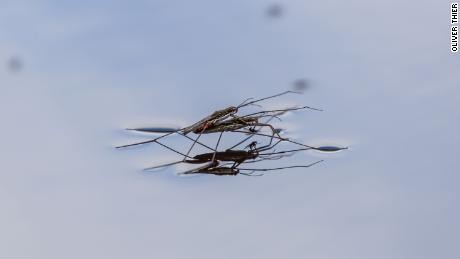
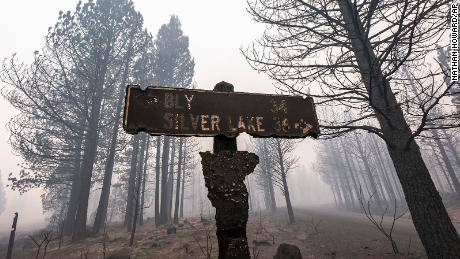


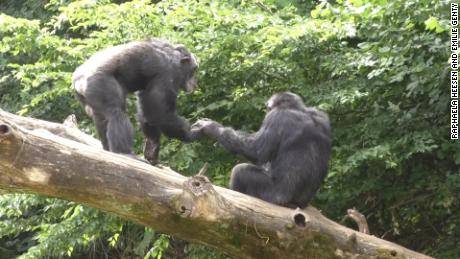


Write a Comment